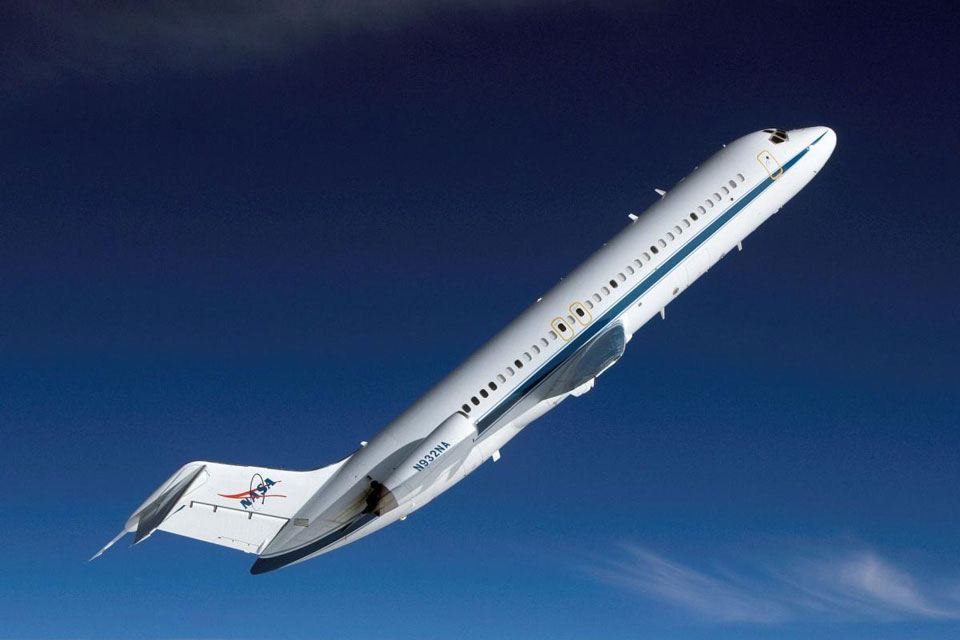Parabolic Flight Facility
 Parabolic flight experiments are conducted through NASA’s Johnson Space Center (JSC) Reduced Gravity Program in Houston. This program provides the unique “weightless” or “zero-g” environment of space flight for test and training purposes. This is the perfect setting for a variety experiments, including spatial orientation, movement and balance control, motion sickness and adaptation.
Parabolic flight experiments are conducted through NASA’s Johnson Space Center (JSC) Reduced Gravity Program in Houston. This program provides the unique “weightless” or “zero-g” environment of space flight for test and training purposes. This is the perfect setting for a variety experiments, including spatial orientation, movement and balance control, motion sickness and adaptation.
The reduced gravity environment is obtained by flying a specially modified C-9 plane through a series of parabolic maneuvers, going up and down in such a way that the net force experienced by anyone onboard changes between reduced (weightlessness, 0 g), the 1g of straight and level flight (normal Earth gravity), and high (almost double, 1.8 g) gravity.
The maneuvers may be flown consecutively in a roller-coaster fashion or separated by breaks of straight and level flying. A typical mission is two to three hours long and consists of 30 to 40 parabolas. Lunar (0.6g) and Martian (0.38g) profiles are also available.